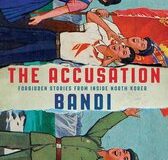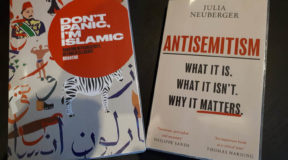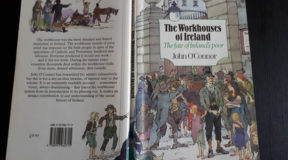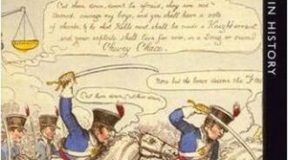Welcome to the A to Z of Historical Blunders, the show that reminds us about the dangers of history repeating itself.
This week, our dial will oscillate between 1415 and 1917 and look at the battles of Agincourt and Passchendaele. Both battles, 502 years apart, became urgent because of approaching winter and the impact of heavy rain. Agincourt and Passchendaele were smaller parts of bigger campaigns.
The Battle of Agincourt was the most famous military escapade of the Hundred Years’ War between England and France, spanning the years 1337 to 1453. The young King Henry V’s goal on that historic St Crispin’s Day in 1415, was to re-ignite the age-old English claim to the French throne with that legendary cry, “God for Harry, England, and Saint George!”
Officially known as the Third Battle of Ypres, Passchendaele occurred between July and November 1917 in Flanders, and it would prove to be one of the bloodiest episodes of the First World War. For a few kilometres, total Allied and German casualties exceeded 850,000. To this day, it continues to be mired in controversy.
For both Agincourt and Passchendaele, the sticking point was mud.
My guests this week are Tom Burke and Conor Dodd, and they are both well qualified to discuss this very muddy business.
Tom Burke was a founder member of The Royal Dublin Fusiliers Association. In 2004, Tom was awarded an MBE for his contribution to the Irish Peace Process. In 2017 his book, Messines to Carrick Hill, Writing Home from the Great War, was published by Mercier Press. Tom holds an M. Litt. in Military History from UCD.
Conor Dodd is the curator and historian with Glasnevin Cemetery Museum with responsibility for exhibitions, education and public outreach. He is a graduate of UCD and has an MA in Military History and Strategic Studies from Maynooth University.





